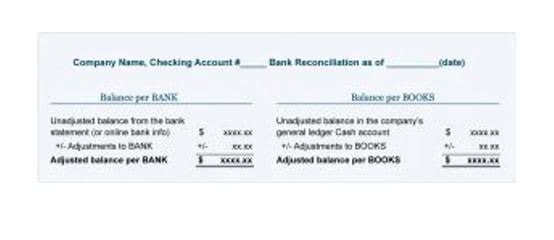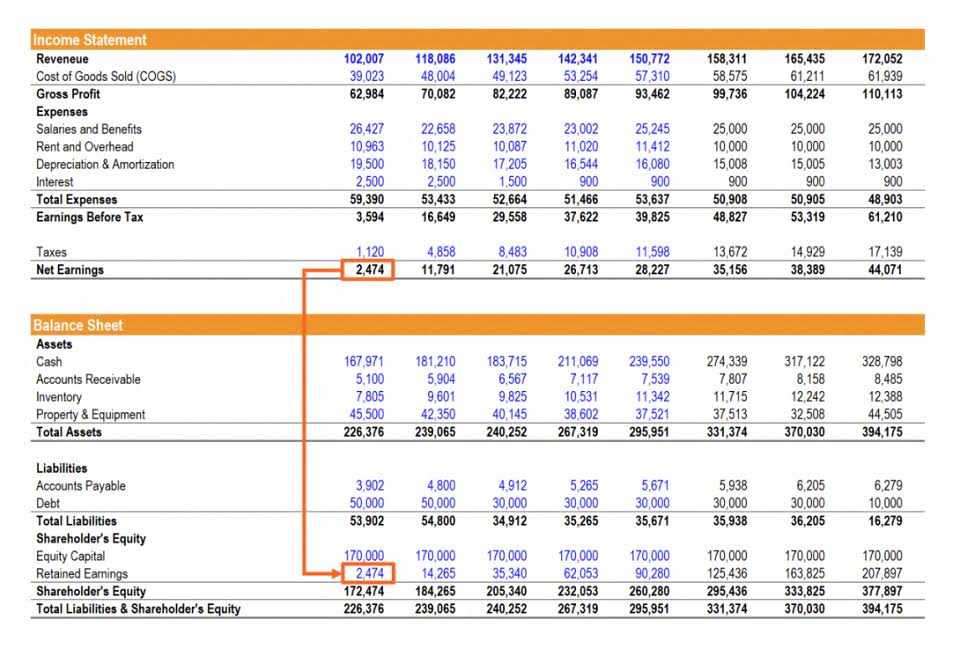Liabilities Accounting Definition + Examples

A positive net worth indicates that a company has more assets than liabilities, while a negative net worth indicates that a company’s liabilities exceed its assets. Measuring a company’s net worth helps stakeholders evaluate its financial strength and overall stability. Liabilities also have implications for a company’s cash flow statement, as they may directly influence cash inflows and outflows. For example, a mortgage income summary payable impacts both the financing and investing sections of the cash flow statement. As the company makes payments on the mortgage, the principal portion of the payment reduces the mortgage payable, while the interest portion is accounted for as an interest expense.
Limits of the Accounting Equation
Unlike example #1, where we paid for an increase in the company’s assets with equity, here we’ve paid for it with debt. In order for the accounting equation to stay in balance, every increase in assets has to be matched by an increase in liabilities or equity (or both). Determining the right-of-use (ROU) asset involves integrating several lease-related components for accurate representation on the balance sheet. The ROU asset reflects the lessee’s right to use the leased asset over the lease term and is linked to the lease liability. Lease payments include fixed payments, variable payments depending on an index or rate, and amounts expected under residual value guarantees. Payments related to purchase options or penalties for early termination, if the lessee is reasonably certain to exercise these options, are also included.
- Possible contingent liabilities should at least be noted in the footnotes of the company’s financial statements, though.
- Materiality is determined based on the impact the liability could have on the entity’s financial position, net profitability, and cash flow.
- A pending lawsuit is a legal action that has been filed against a company but has not yet been resolved.
- Accrued Expenses – Since accounting periods rarely fall directly after an expense period, companies often incur expenses but don’t pay them until the next period.
- The sales tax expense is considered a liability because the company owed the state the money.
Liabilities as Legal or Regulatory Obligations

A potential liability that depends on a future event; recognized in accounts if probable and estimable. The accounting equation helps to assess whether business transactions carried out by the company are being accurately reflected in its books and accounts. The accounting equation ensures that the balance sheet remains balanced.
- These obligations can affect a company’s operating cash flows, as they represent a cash outflow the company will need to satisfy.
- They must also follow the appropriate measurement requirements under GAAP or IFRS.
- Unlike the assets section, which consists of items considered cash outflows (“uses”), the liabilities section comprises items considered cash inflows (“sources”).
- One essential distinction lies between current and long-term liabilities.
- These accounts are like the money to be paid to the customer on the demand of the customer instantly or over a particular period.
Common Types of Liabilities
Accounts payable what is a liability in accounting would be a line item under current liabilities while a mortgage payable would be listed under long-term liabilities. An asset is anything a company owns of financial value, such as revenue (which is recorded under accounts receivable). Liabilities are usually reported on a company’s balance sheet by category.
Contingent liabilities are not recognized on the balance sheet until they become probable and the amount can be reasonably estimated. At that point, the liability is recognized and disclosed in the financial statements. The likelihood of occurrence is an important factor in determining whether a contingent liability should be recorded AI in Accounting on the balance sheet. If the likelihood is remote, the liability may not need to be recorded. However, if the likelihood is reasonably possible or probable, the liability should be recorded.
- On 25 December, we need to record revenue from the equipment as the risk and reward already transfer.
- The amount of taxes a company owes might fluctuate based on its profitability and tax planning strategies.
- Liabilities in accounting are any debts your company owes to someone else, including small business loans, unpaid bills, and mortgage payments.
- The shareholders’ equity number is a company’s total assets minus its total liabilities.
- Current Liabilities – Also known as short-term liabilities they are payable within 12 months or within the operating cycle of a business.
- Overall, understanding contingent liabilities is crucial for companies and investors alike.
- In most cases, lenders and investors will use this ratio to compare your company to another company.
Here’s a simplified version of the balance sheet for you and Anne’s business. Before this process commences, the executives of a company will deliberate on its financial state. If the state is favorable to acquiring debt and an agreement is made, they will explore the options available. This article aims to expand your knowledge about the definition, type of liabilities, and various examples of liabilities. When there is a force majeure, a contractual party may be exempt from liability if something goes wrong. In addition, liabilities facilitate and more efficiently allow transactions between businesses.

Can you provide some common examples of liabilities companies may have?

For a bank, accounting liabilities include a savings account, current account, fixed deposit, recurring deposit, and any other kinds of deposit made by the customer. These accounts are like the money to be paid to the customer on the demand of the customer instantly or over a particular period. Accrued Expenses – Since accounting periods rarely fall directly after an expense period, companies often incur expenses but don’t pay them until the next period. The current month’s utility bill is usually due the following month. Accounts Payable – Many companies purchase inventory on credit from vendors or supplies. When the supplier delivers the inventory, the company usually has 30 days to pay for it.